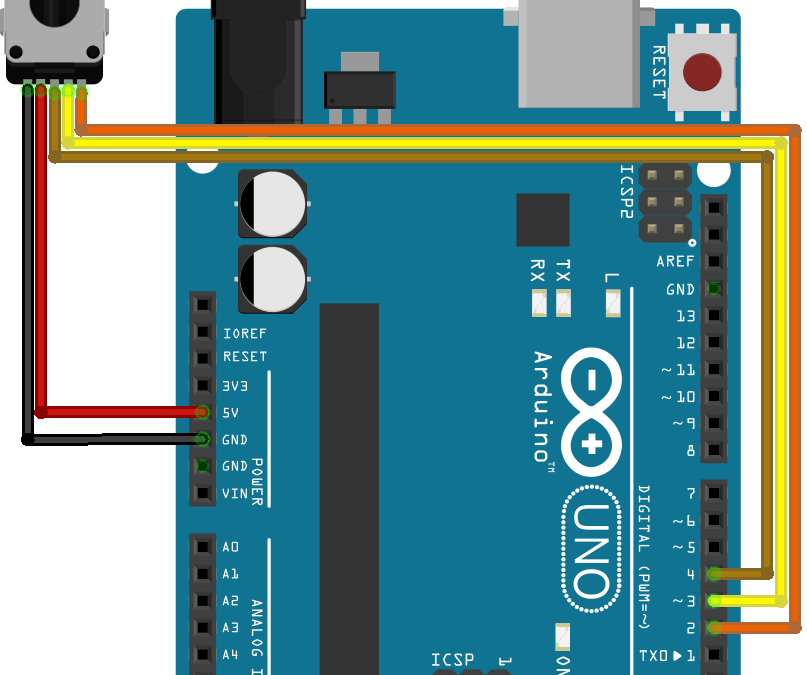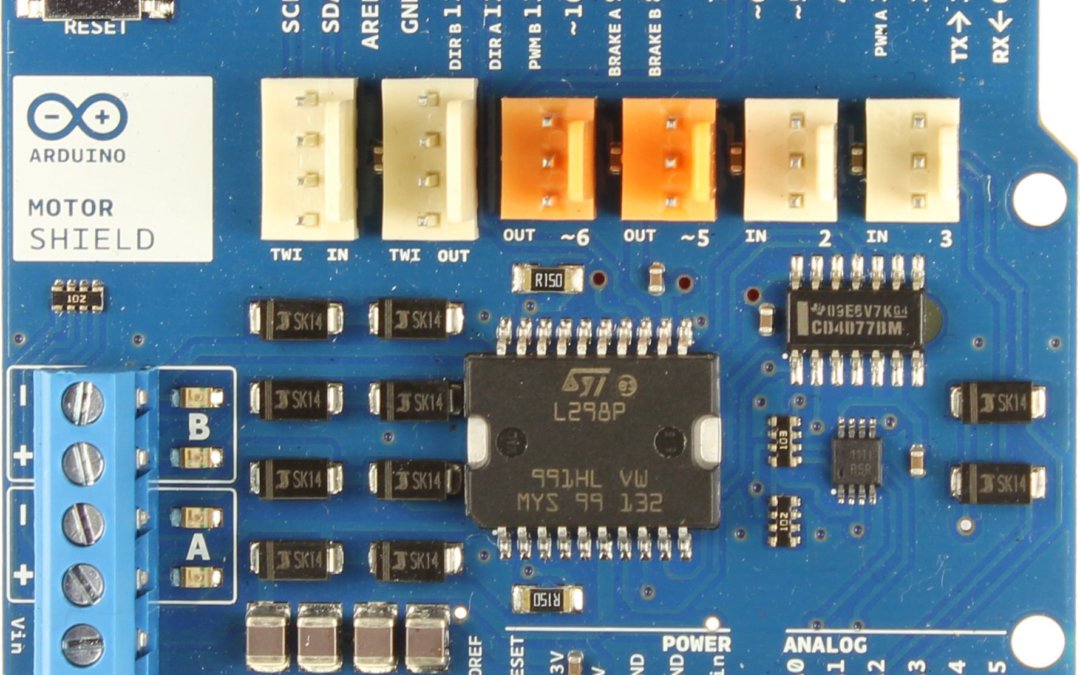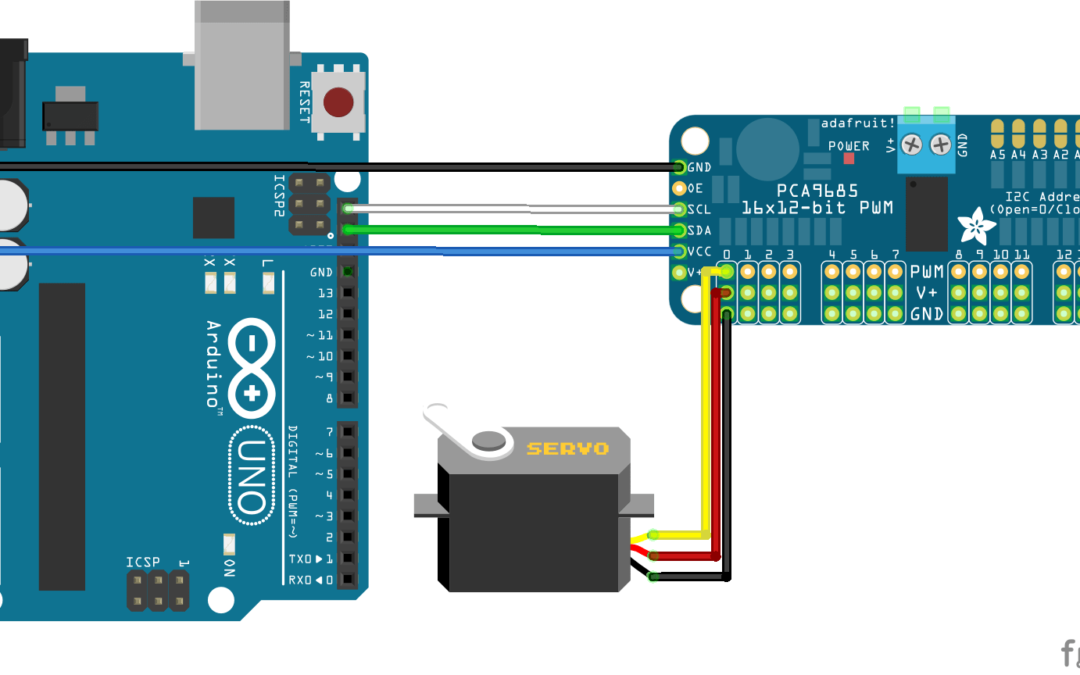
by Xukyo | 2 Oct 2020 | Tutorials
The rotary encoder is a rotation sensor whose direction and angle can be known. Similar in appearance to the potentiometer, the encoder has no limit stroke and instead of returning a resistance value, like the potentiometer, the encoder returns two digital signals...

by Xukyo | 2 Oct 2020 | Tutorials
A possible solution to the problems generated by using the delay() function is to use the millis() function. From the first use of the Arduino, the delay() function is used to manage instructions as a function of time. The major problem with the delay() function is...

by Xukyo | 27 Sep 2020 | Tutorials
The official Arduino Motor Shield is an expansion board for the Arduino UNO and Mega microcontrollers for DC and stepper motor control. We have seen how to drive a DC motor using an H-bridge which can require a lot of wiring when using the IC simply. For an embedded...

by Xukyo | 9 Aug 2020 | Tutorials
The PCA9685 module is a 16-channel controller that can control 16 PWM outputs via I2C communication. It allows, among other things, to free inputs and outputs of your microcontroller and to drive up to 16 LEDs or servomotors (or any other module taking a PWM signal as...

by Xukyo | 8 Aug 2020 | Tutorials
The if statement is the basic conditional structure and is found in all programming languages. It allows you to execute different blocks of code according to a condition. It is the basis of many algorithms and allows a computer to make a choice based on the data sent...









